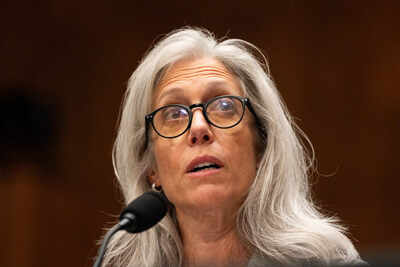America’s 4-year cap on international students: Who should actually worry?

For much of the last century, America’s universities stood as gateways to knowledge, discovery, and opportunity. Students from every corner of the world saw the US not only as a place to earn a degree but as a launchpad for global careers and research that could shape the future. The country’s higher education system thrived on that reputation, drawing over a million international students annually and building an ecosystem where talent and innovation reinforced one another.That image, however, is now being tested. The Trump administration’s proposal to restrict student visas to a four-year maximum has added an expiration date to the American academic dream. Unlike past rules, which allowed flexibility to match a student’s programme length, this cap applies uniformly, regardless of whether the degree requires four, five, or even eight years to complete. The result is not an equal burden for all, but a policy that disproportionately unsettles certain groups of students. The critical question becomes: who should actually worry?
The proposal in brief
The four-year visa cap, published in the Federal Register, limits foreign students’ stay regardless of programme length. Previously, students were granted visas aligned with the duration of their course.This change is justified as a safeguard against overstays, but economic data challenges that rationale. According to the U.S. Department of Commerce, international students contributed $51.6 billion to the economy in 2023. Meanwhile, the Institute of International Education (IIE) Open Doors 2023 Report confirms that 1.1 million international students enrolled in U.S. institutions that year. Far from draining resources, they are significant contributors to both campuses and local economies.
Average timelines: Where the pressure lies
Not all degrees are equal in length. Some align neatly with the four-year framework, while others naturally extend beyond it. Understanding these timelines reveals who is most at risk.
- Undergraduate Programmes: Standard bachelor’s degrees usually finish in around 4 years.
- Master’s Degrees: Most business, STEM, and applied master’s programmes fall within 1–2 years.
- Doctoral Studies (PhD): Across disciplines, PhDs average 5–6 years, according to the National Science Foundation (NSF).
- Medicine and Health Sciences: Medical training averages 7–8 years when including residencies (AAMC). Dentistry and veterinary sciences also extend beyond four years with specializations.
- Law and Professional Pathways: A Juris Doctor (JD) is typically 3 years, but additional degrees or bar-related requirements can push timelines past four years.
- Architecture and Engineering: Architecture degrees average 5 years (NAAB), while engineering programmes with co-op placements may also exceed the cap.
Who should actually worry
While the rule technically applies to everyone, some students are much more vulnerable than others. For these groups, the four-year cap directly collides with academic realities.
- PhD students: Research-intensive programmes are almost always longer than four years, making these students the most affected.
- Medical and Health sciences trainees: Medicine, dentistry, and veterinary fields demand extensive training far beyond the cap.
- Architecture students: With five-year minimum degrees, they face structural incompatibility with the policy.
- Engineering students in extended tracks: Co-op and dual-degree pathways risk overshooting the visa window.
Who may not be directly affected?
Some students will find that their courses align neatly with the proposed limit. For them, the rule poses little direct risk, though it may still cast a shadow over future decisions.
- Most undergraduates: Liberal arts, basic STEM, and business degrees fit into four years.
- Short-term Master’s students: Many master’s programmes are completed in less than two years.
For these students, the challenge is not about duration but about confidence—studying in a country where policies may change abruptly can be unsettling.The bigger pictureAt its core, the four-year cap is less about overstays and more about reimagining America’s approach to higher education. It affects some groups sharply while leaving others relatively untouched, but the message it sends is universal: opportunity in the US now comes with an expiry date.





